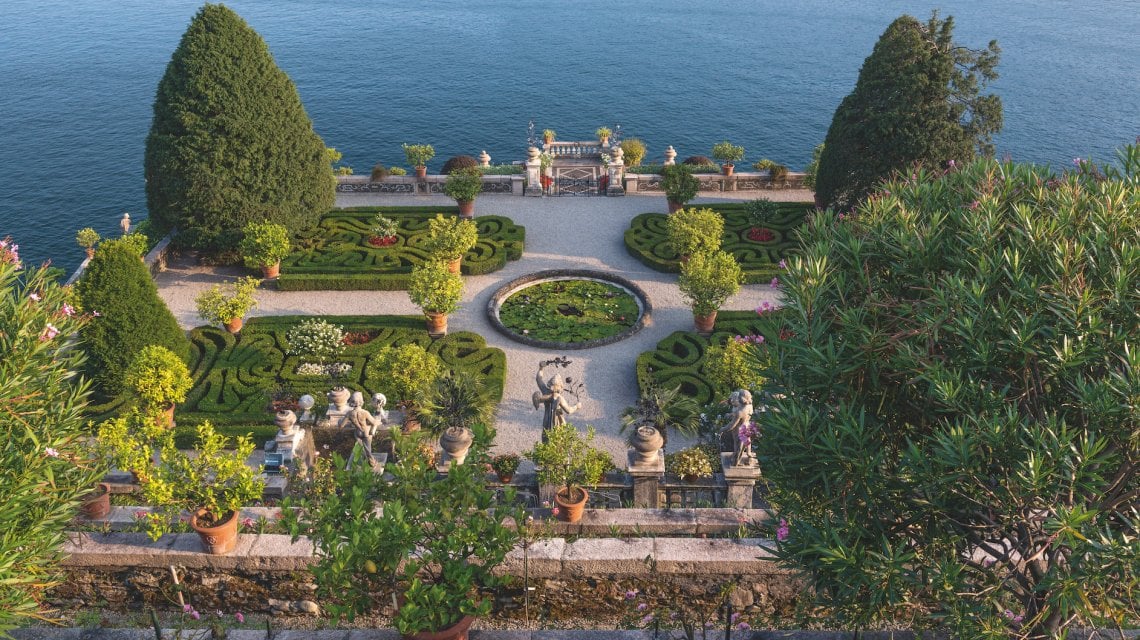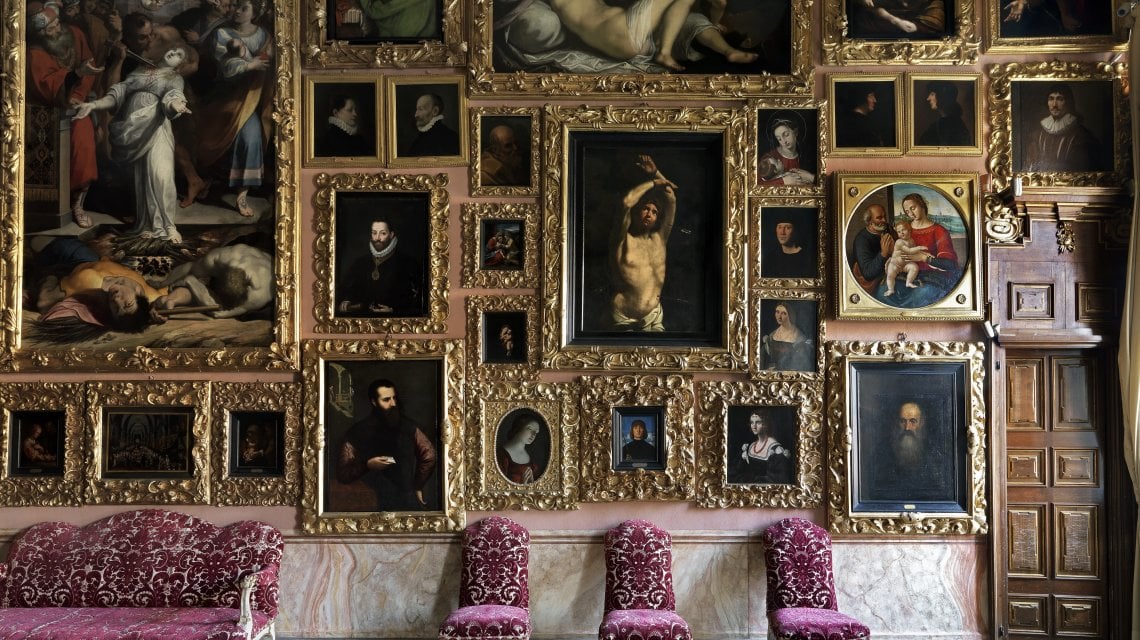The bounty of nature, the splendor of architecture, the placid waters of Lake Maggiore. The Borromean Islands are lands of extraordinary beauty, which over time have enchanted artists, travelers and famous people. The largest are Isola Bella, Isola Madre and Isola dei Pescatori, while Scoglio della Malghera and Isolino di San Giovanni are the smallest.
The largest is Isola Madre. During the Middle Ages it was called the Island of San Vittore, it belonged to several owners, until it became, from 1501, the nobleman Lancillotto Borromeo. This lush land is characterized by a magnificent English garden, as Gustave Flaubert pointed out, “the botanical heritage and the strong exotic imprint have made it the most voluptuous place in the world.” The park, built in the early 19th century, is a parade of rare plants, ancient trees, and colorful flowers brought back from distant journeys. We walk among groves of magnolias and bamboo, pergolas of wisteria and trellises of citrus, beds of ancient camellias and fountains with water lilies and lotus flowers.
The island is home to the Palazzo Borromeo, very different from the sumptuous house at Isola Bella: it was the private home of the noble family. A sober and elegant building, with a succession of loggias and rooms, the reception hall, the station hall, the Venetian living room, the library, the battle room, furnished with tapestries, porcelains and liveries, furniture and paintings of various historical. houses owned by the dynasty.

Isola Bella, named after Isabel, wife of Carlos III Borromeo, until 1630 was a rock inhabited by fishermen, with two small churches and some orchards. It took almost four hundred years and a lot of work to transform the sea landing site that was once a place of pleasure.
The heart of the visit is undoubtedly the Palazzo Borromeo, a Baroque residence born in the mid-17th century thanks to Vitaliano VI. Luxurious, very rich, exuberant, the Palace holds a real treasure: room after room offers frescoes, tapestries, sculptures, period furniture, precious porcelain. In the Berthier Gallery alone there are more than 130 paintings, including masterpieces by great masters such as Raphael, Correggio, Titian, Guido Reni. Followed by the Throne Room, the Queens Room, the Tapestry Room. Don’t miss the Sala della Musica, where the Stresa Conference was held in April 1935. The real wonder is the Caves, dreamlike environments created with pebbles and chips of tuff, stucco and marble, created to surprise guests by transporting them to a magical sea world.

Here it is also worth visiting the paradisiacal park, an example of a garden in the Baroque style, built between approximately 1631 and 1671, decorated with statues, geometries, obelisks and fountains. The various trails invite you to stop in the vegetation and accompany the visitor to the viewpoint, from where you can admire the expanse of Lake Maggiore. The heart of the park is the Teatro Massimo, the most important monument in the garden: statues, obelisks and water games are perfectly integrated with the vegetation of the ten spectacular terraces, on top of which is the statue of the Unicorn, heraldic symbol of the Borromeo family. Around the Theater there is a riot of rare flowers and plants, from the centennial camphor to the Gunnera manicata, the fragrant Olea Fragrans and the beautiful Halesia Diptera. The route continues in the Garden of Love, with manicured box hedges, among camellias, roses, hydrangeas, oleanders and citrus.
The Isola Superiore, also called Isola dei Pescatori, is also worth a visit. It is located north of Isola Bella, from which it is separated by a rock called Malghera. The surface is only 100 meters wide by 350 long: despite the Lilliputian dimensions, the islet is inhabited all year round, in fact it houses a picturesque town where about fifty inhabitants live, with a small square surrounded by a labyrinth of alleys bordered multi-storey houses.
Formerly a fishing village, this small land maintains its historical vocation, as fishing continues to be the main activity, as evidenced by the many fish restaurants. It will not have the splendor of the gardens and noble residences of others, but Isola dei Pescatori has a charm of its own, which undoubtedly makes it unique. And a fresh fish lunch overlooking the lake is worth the trip alone.

Introvert. Beer guru. Communicator. Travel fanatic. Web advocate. Certified alcohol geek. Tv buff. Subtly charming internet aficionado.